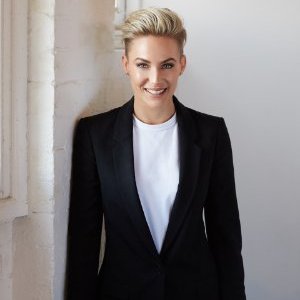Agencies and talent need to find a better connection point, fast
The arts and media industries are predicted to grow 9% by 2018, that’s a lot of talent. So how do agencies get better at attracting the best possible candidates? By securing a better vetter, says Taryn Williams.
Australia is a fierce agency battleground — there are lot of them competing for a limited amount of work, which can lead to pressure taking on an account they can’t service properly. Standards slip and accounts are lost.
We all know of at least one major agency that looks to have taken on too much too soon, or the brand that is allegedly trying to get agencies to drop their pants — as AdWeek reported here with a well-known fast food chain.
Beyond this, it is often simply a case of not having the right people to do the job at hand. Finding the right talent takes time, costs money and requires solid industry relationships. For years the media industry has been talking about ever tightening deadlines coupled with a talent shortage.
Skill in numbers just didn’t seem to stack up against the speed at which opportunities were cropping up, or the speed at which brands wanted to work.


Great points Taryn totally relevant to all knowledge based industry and the transformation of the Australian Economy